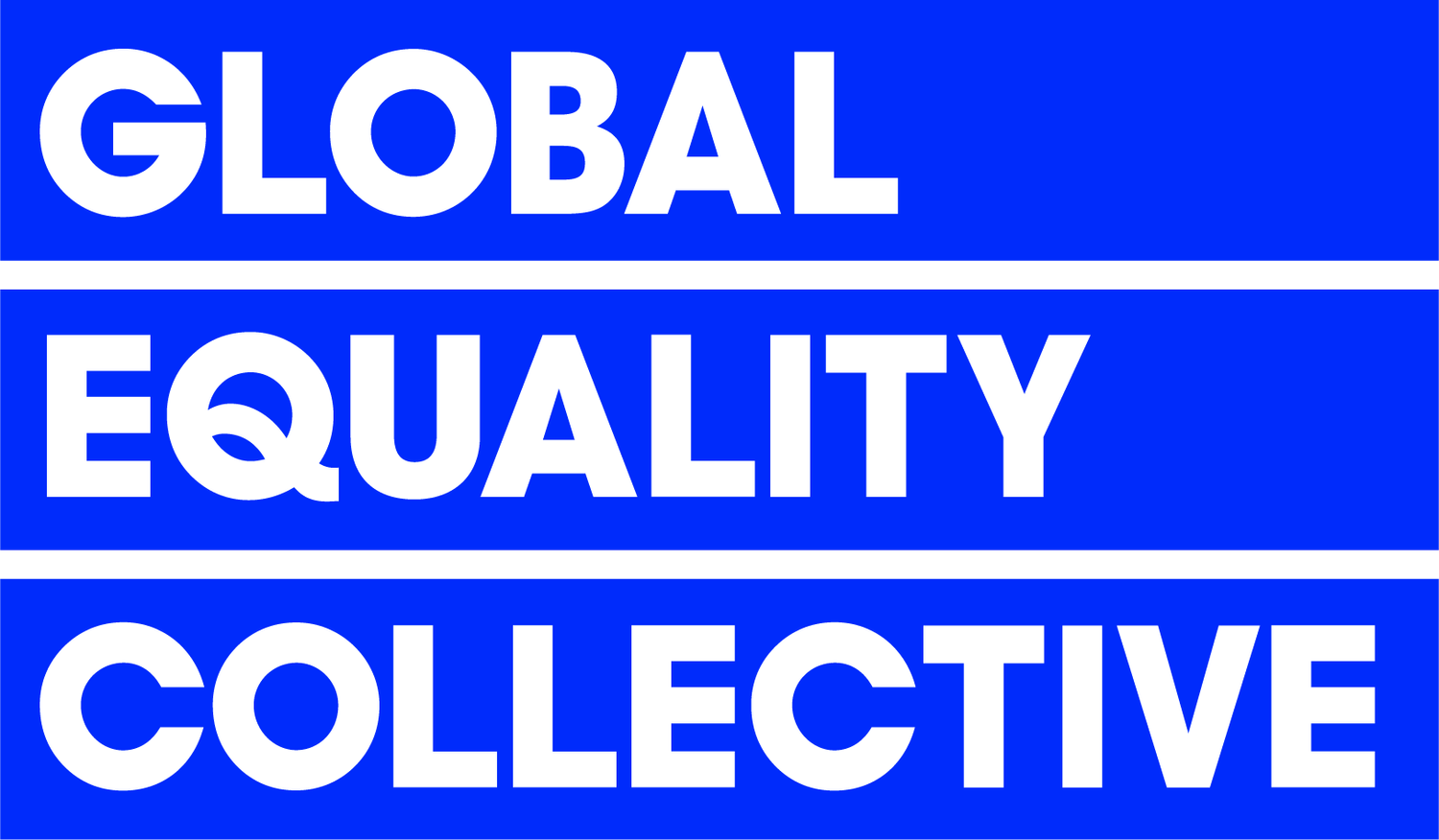GEC Inclusion Index - Student - Key Behavioural Area 3
Representation
“There is a teacher here who looks like someone in my family.”
35.6% agree
⬆ Improving Trend
So what?
Representation is about more than who stands at the front of the classroom. It’s about who gets to be seen as a leader, a role model, and a safe adult. And yet, in our GEC 26,000 Voices dataset, only 35.6% of students agreed there was a teacher who looked like someone in their family.
That means nearly seven in ten students don’t see themselves reflected in the adults around them — a gap that influences trust, aspirations, and the perceived boundaries of what’s possible.
📣 What We Heard
“It’s hard to feel like I could be a teacher or a leader when no one who looks like me ever is.”
“Every teacher is white. That tells you something.”
“I would like to talk to someone who’s been through what I’ve been through. But no one here has.”
The GEC Platform: Proven Solution
The GEC Platform enables schools to audit representation across leaders, staff, and students — and then provides an actionable framework for recruitment, retention, and culture change.
With inbuilt coaching prompts, strategic insights, and access to the GEC Library — a Netflix-style CPD hub curated by the GEC Circle of experts — schools can move beyond tick-box hiring to embed meaningful, visible, and relatable inclusion. And even better, you can do it your way. See our testimonials to see how schools have implemented this, their way.
The platform also supports students to explore what diversity and representation look like to them — not just in appearance, but in language, neurotype, identity, and lived experience.
The Kaleidoscope View
Our Kaleidoscopic Data shows that Black, Muslim, and wider Global Majority students are significantly less likely to see themselves reflected in school staff. This is not just a visual absence — it is experienced as a cultural and emotional gap that shapes how supported, understood, and safe students feel.
“I don’t talk to any teachers about race issues because none of them would understand.”
This disconnect also affects students with SEND or neurodivergent needs, who spoke of a desire for representation in thinking styles, communication approaches, and lived experience, not just ethnicity or gender.
“None of the staff are ND so they just don’t get it. I wish there was someone who thought like me.”
When students consistently don’t see themselves reflected in leadership, it impacts how they imagine their futures — in school and beyond. Schools with low scores in representation also tend to show lower scores for curriculum inclusion, safety, and support. These aren’t isolated issues — they’re interconnected threads of school culture.
“If you never see someone like you in charge, it makes you feel like you’re not meant to be.”
Next Steps & Free Stuff
🧠 Access GEC KnowHow via our social platforms – leadership ideas, blogs and representation tools
📚 Explore events and CPD co-created with students and the GEC Circle
📊 Want to audit how visible your leadership really is? Start with the free GEC Score Card






